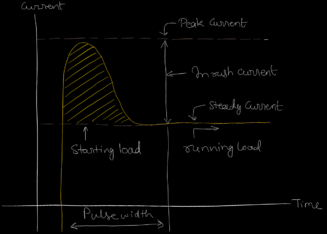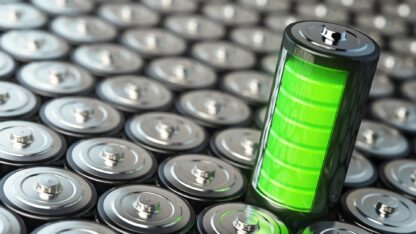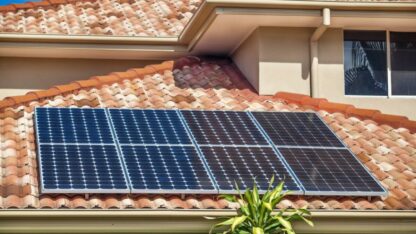-

What Is Inrush Current?
Inrush current, also known as ‘inrush current surge’ or ‘switch-on surge’, refers to the temporary surge of electrical current that occurs when a device or electrical equipment is first turned on. This term is particularly…
-

Calculating battery charging current
Calculating the battery charging current involves considering the battery’s capacity (in Ah, ampere-hours) and the desired charging rate or time. You can extract those information from battery or its user manual, if there. The formula…
-

Calculating Battery Charging Time
The charging time for a battery or battery bank (lead-acid and lithium-ion) can vary depending on several factors such as the charging current, the state of discharge, and the type of charger being used like…
-

Run Electric Appliances Directly on Solar Power and Without Need of an Inverter or UPS!
Inverters and its batteries are too costly when we plan to increase our load on just solar. This is the reason, many readers and solar enthusiast asked me, can we run our appliances and electronics…